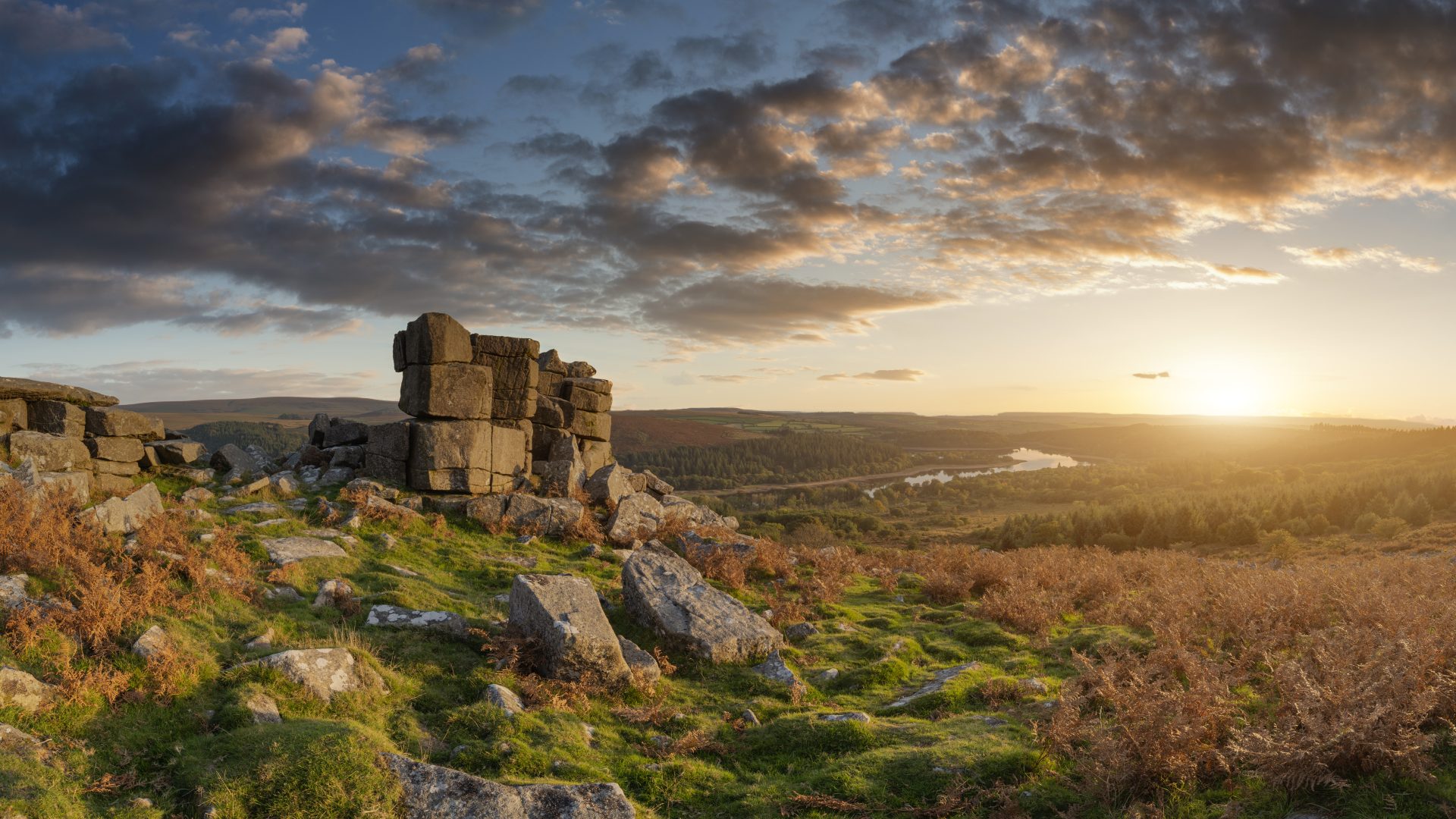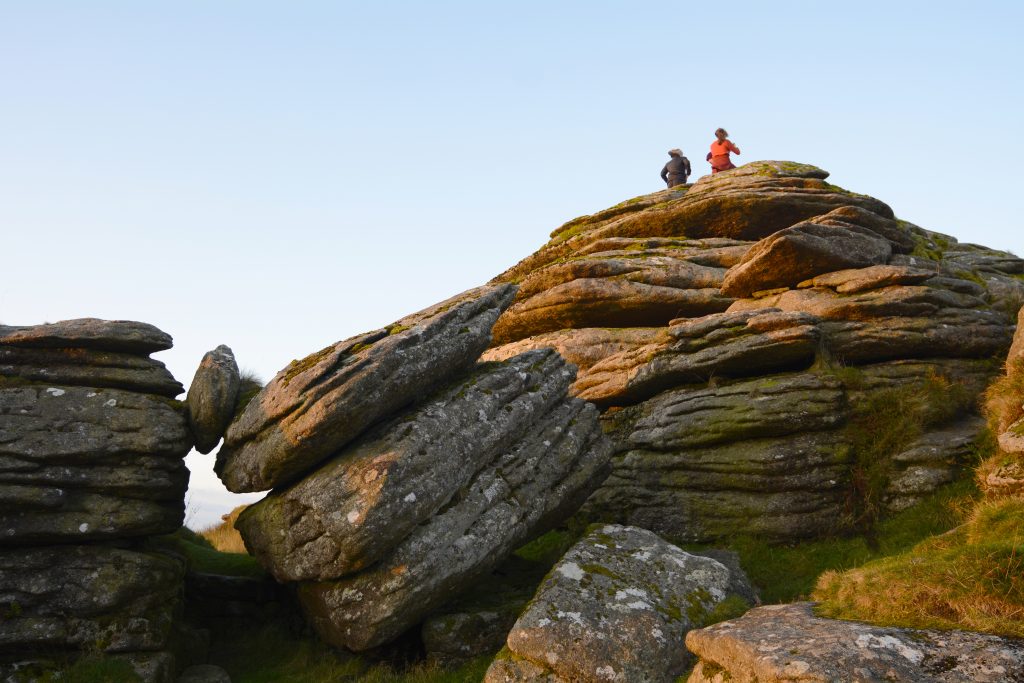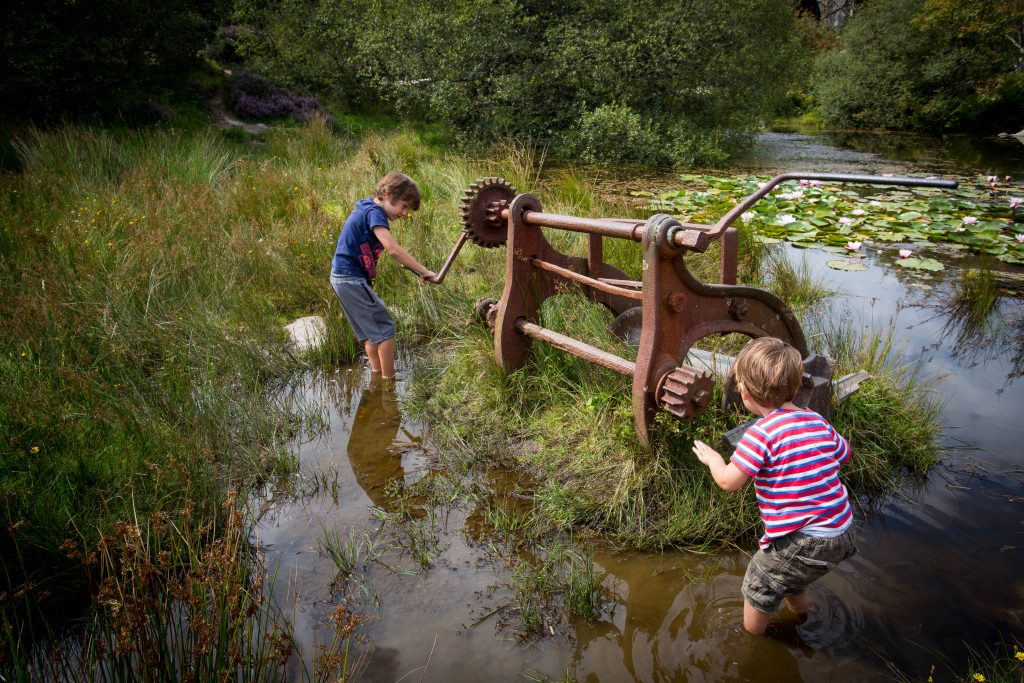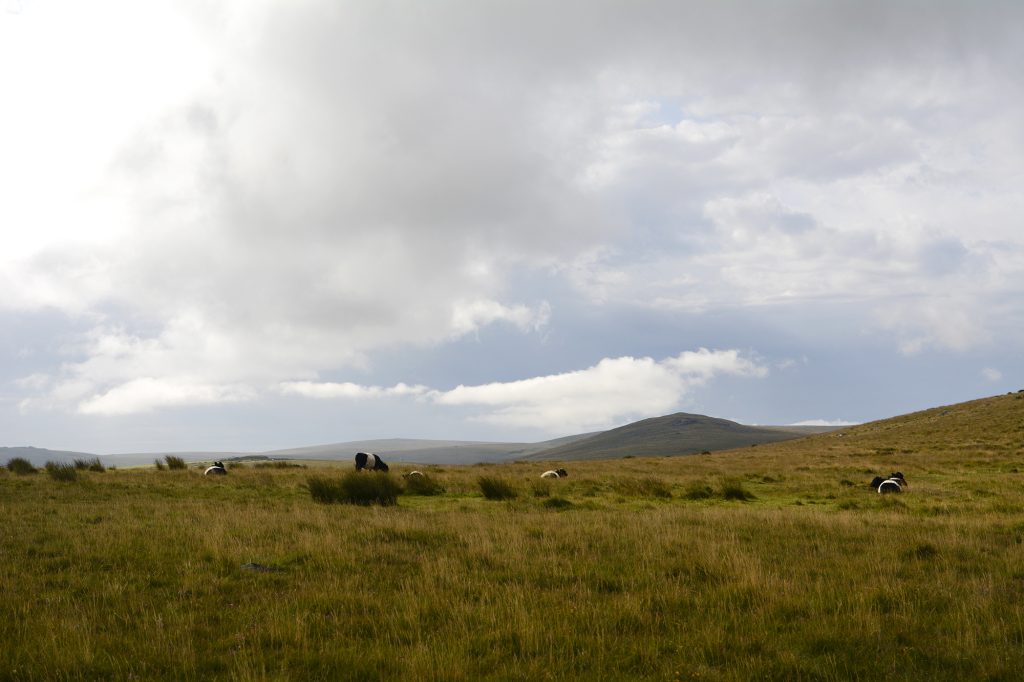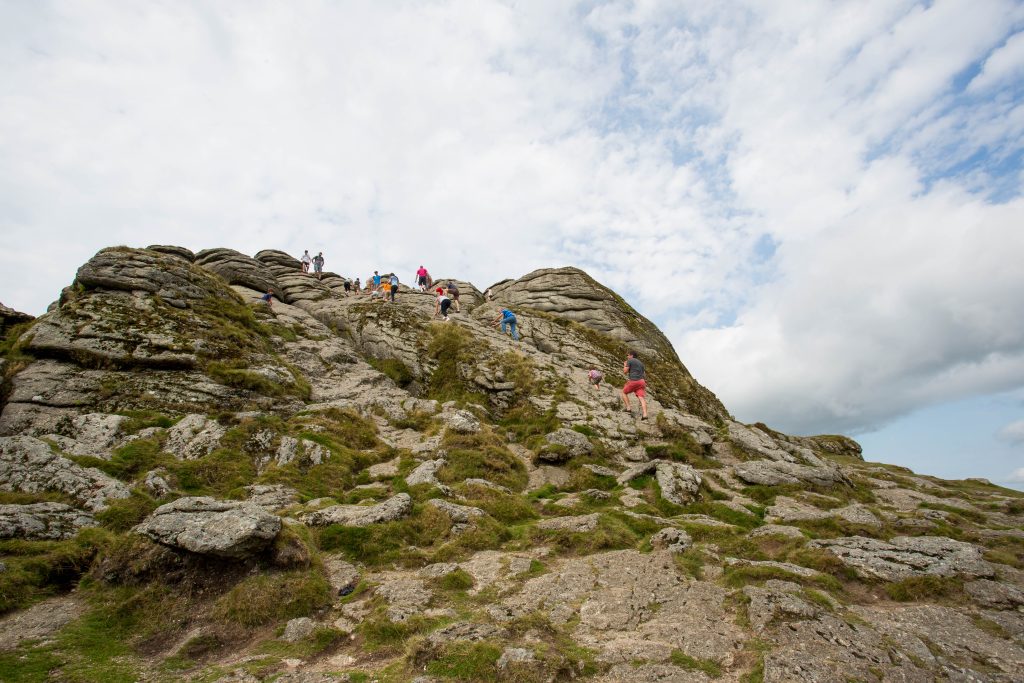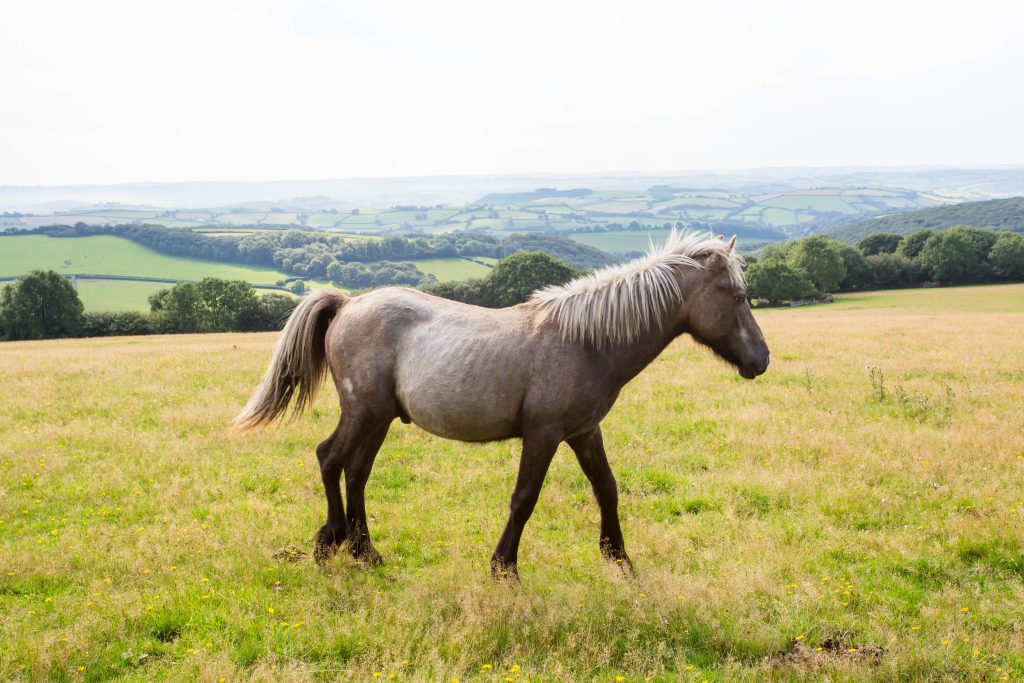At the heart of Dartmoor National Park is the largest and highest upland area in southern England, popular for generations with visitors thanks to its beauty and serenity. Its rugged moorland, temperate woodlands and granite tors have been a wellspring of inspiration for writers, such as Sir Arthur Conan Doyle whose “Hounds of the Baskervilles” is set on Dartmoor, and hikers and campers alike.
Dartmoor is a key habitat for many ground nesting birds and bats. Nearly all of the UK’s 16 bat species have been recorded on Dartmoor and it is especially important for rare bat species such as the barbastelle and the greater and lesser horseshoe.
Did you know? The woodlands on Dartmoor are classed as temperate rainforests due to the relatively mild and rainy climate of the region.
Designation: 30/10/1951
Habitats: Moorland, heathland, woodland, ancient woodland, valleys, hay meadows, farmland
Common wildlife: Ground nesting birds such as meadow pipet, adder, Dartmoor pony
Star spots: Otters, marsh fritillary butterfly, greater horseshoe bat, lesser horseshoe bat, barbastelle bat, hazel dormouse, cuckoo
Notable towns and cultural sights: Hound Tor medieval village, Grimspound, Haytor, Dartmoor Prison Museum
Notable nature sights: Caves, granite outcrops
Popular activities for visitors: Hiking, rock climbing
Highest peak: High Willhays Tor at 621 meters above sea level
Threats: Climate change

